In recent times, the global conversation on disability inclusion has gained momentum, shining a spotlight on the myriad challenges faced by people living with disabilities across various sectors of society. Nowhere is this struggle more pronounced than in healthcare, where access to quality services can be a matter of life and death. A program organized by the Voice of Disability Initiative (VDI) provided a platform for these individuals to share their experiences, and the stories they told are both heart-wrenching and illuminating.
Physical Accessibility: A Structural Hurdle
The first and perhaps most glaring challenge that people with disabilities face in healthcare facilities is physical accessibility. Many of these facilities are simply not designed with mobility impairments in mind. For individuals who rely on wheelchairs, crutches, or other mobility aids, the layout of a hospital or clinic can become a barrier to the very services they seek. Narrow doorways, inaccessible restrooms, lack of ramps, and high examination tables all contribute to an environment that is not just inconvenient but exclusionary.
One of the participants, a wheelchair user, shared her frustration: “Every time I need to see a doctor, I have to rely on someone to carry me up the stairs or help me onto the examination table. It’s humiliating, and it makes me feel like I’m not really welcome there.”
This lack of physical accessibility is not just an inconvenience; it can deter people with disabilities from seeking care altogether, leading to worsening health outcomes and preventable complications.
Communication Barriers: A Silent Crisis
Communication is the bedrock of effective healthcare, but for people with hearing or visual impairments, this fundamental aspect of care is often compromised. The absence of sign language interpreters, braille materials, or other communication aids means that many patients are left struggling to convey their symptoms or understand their treatment plans. This can lead to misdiagnoses, incorrect treatments, and a general sense of mistrust between patient and provider.
A participant with a hearing impairment recounted an alarming experience: “I was prescribed medication that I later found out I was allergic to. If there had been a sign language interpreter, I could have communicated my allergy to the doctor. Instead, I suffered a severe reaction that landed me in the emergency room.”
These communication barriers are not just frustrating—they are dangerous. They highlight the urgent need for healthcare facilities to prioritize accessibility in communication as much as they do in physical infrastructure.
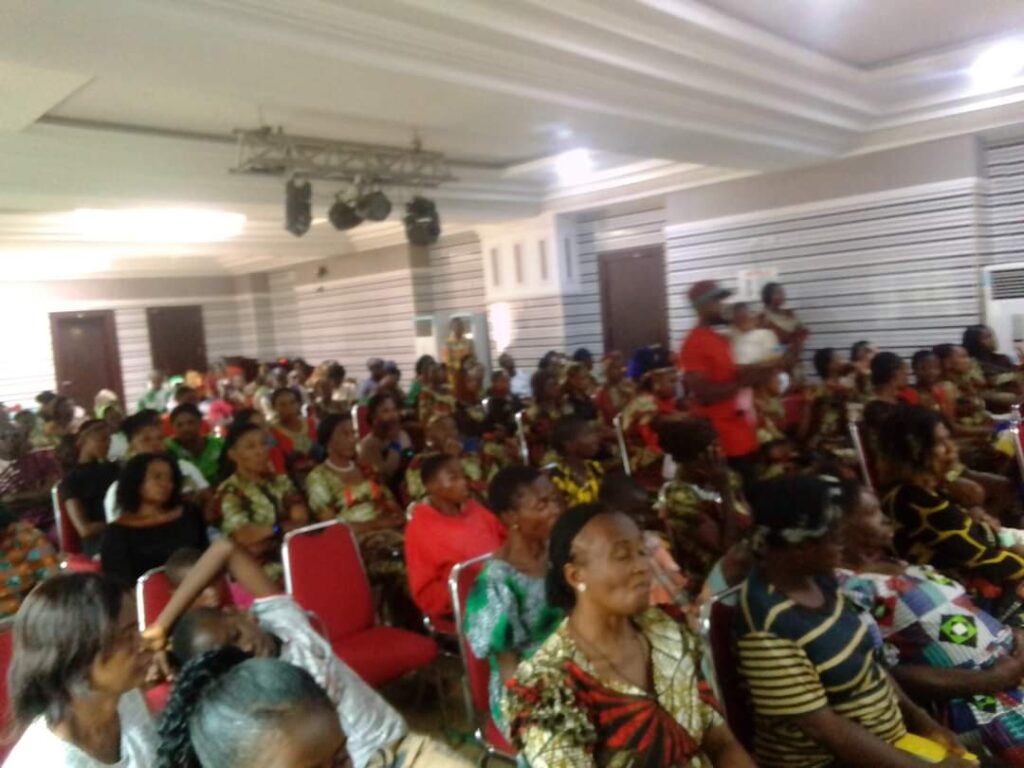

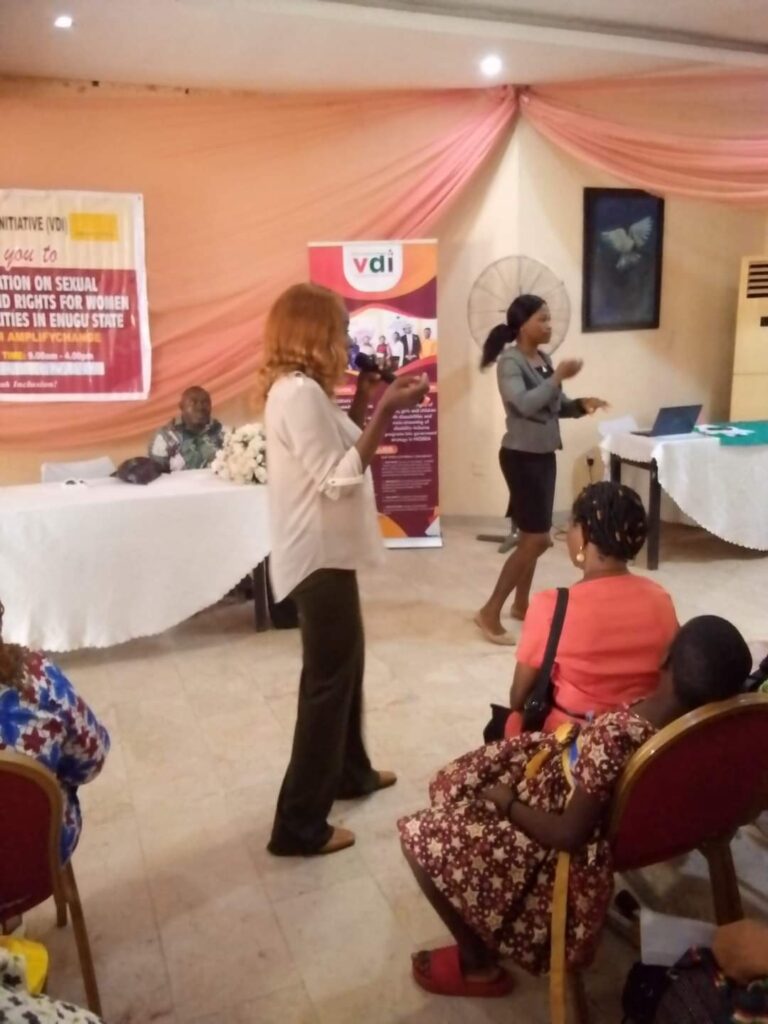
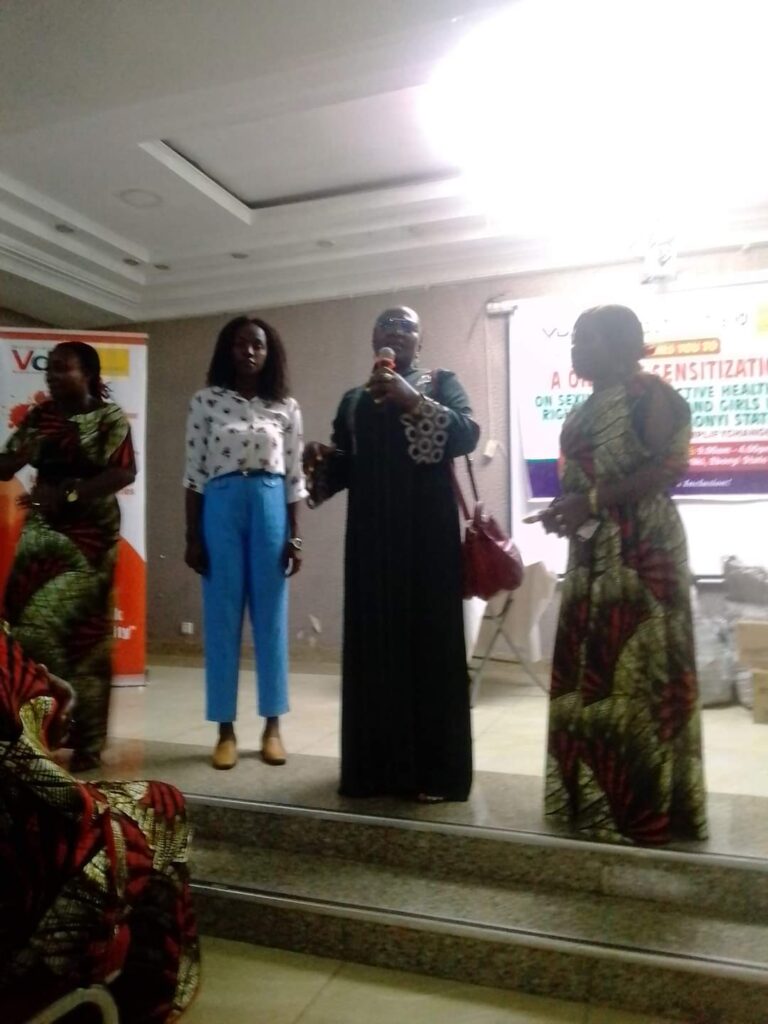
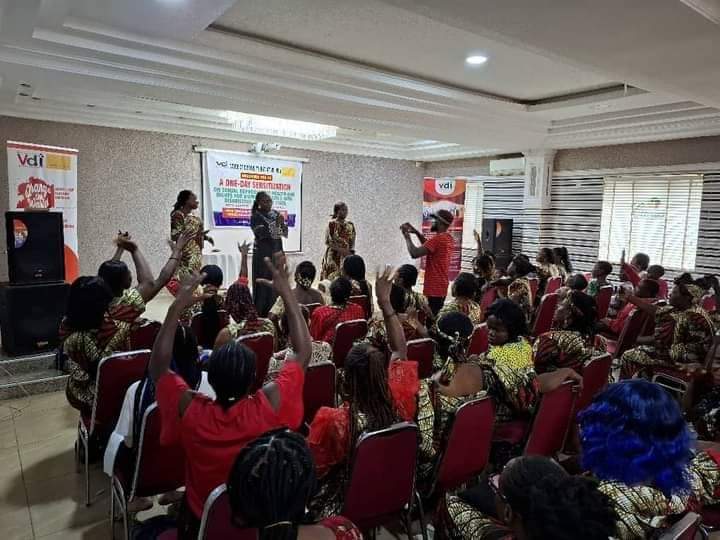
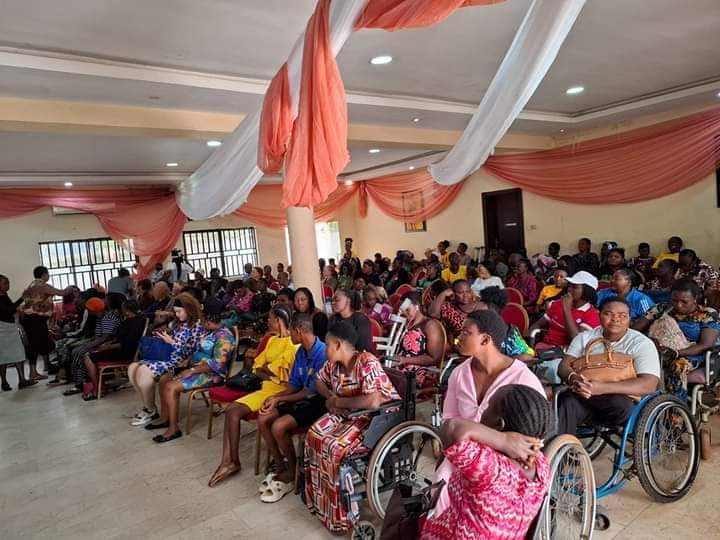
Stigma and Discrimination: The Hidden Barrier
While physical and communication barriers are often visible, stigma and discrimination are more insidious. Many healthcare providers, consciously or unconsciously, hold negative attitudes towards people with disabilities. These biases can manifest in various ways, from dismissive behavior to outright refusal to provide care.
During the VDI program, several participants spoke about the prejudice they faced in healthcare settings. One individual with a cognitive disability shared: “I’ve been to doctors who treat me like I’m a child or who talk to my caregiver instead of me. It’s as if they don’t think I’m capable of understanding my own health.”
Such discriminatory practices not only undermine the dignity of patients with disabilities but also compromise their access to quality care. The fear of being treated poorly can deter individuals from seeking the medical attention they need, further exacerbating health disparities.
Limited Resources: A Crisis of Care
The scarcity of specialized resources is another significant challenge highlighted during the VDI program. Many healthcare facilities lack the necessary equipment and technologies to adequately serve patients with disabilities. Adjustable beds, specialized examination tables, assistive devices, and other adaptive equipment are often in short supply, if available at all.
One participant, who has a physical disability, shared her struggles with receiving appropriate care: “I went to a hospital that didn’t have an adjustable bed. The nurses had to lift me onto a bed that was too high, and I was in pain throughout the examination. It was a traumatic experience.”
The lack of resources is not just a matter of inconvenience; it directly impacts the quality of care that people with disabilities receive. Without the appropriate equipment, healthcare providers are unable to deliver the level of care that these patients need and deserve.
Lack of Information: The Knowledge Gap
Accessible information is a cornerstone of patient autonomy, yet many people with disabilities find themselves excluded from the decision-making process due to a lack of accessible information. Healthcare facilities often fail to provide materials in braille, large print, or audio formats, and the absence of sign language interpreters leaves deaf patients in the dark.
This information gap can lead to a lack of understanding about one’s own health, the risks associated with certain treatments, or the availability of alternative options. One participant lamented: “I can’t make informed decisions about my health because I don’t have access to the information I need. I’m often left feeling helpless and frustrated.”
Addressing this gap is crucial for empowering people with disabilities to take control of their health and make informed choices about their care.
Employability: The Untapped Potential
In addition to the barriers they face as patients, many people with disabilities are also qualified professionals who face discrimination when seeking employment in the healthcare sector. Several participants at the VDI program were graduates with the skills and desire to work in healthcare facilities, but they have been repeatedly denied opportunities due to their disabilities.
One such individual shared: “I have a degree in healthcare administration, but every time I apply for a job, I’m told that my disability disqualifies me. It’s disheartening because I know I have the skills and passion to make a difference in this field.”
This lack of employability not only deprives people with disabilities of economic opportunities but also deprives the healthcare system of the valuable perspectives and contributions that they can bring.
The Path Forward: A Call to Action
The challenges faced by people with disabilities in healthcare settings are complex and multifaceted, but they are not insurmountable. Addressing these issues requires a concerted effort from all stakeholders, including government agencies, healthcare providers, disability advocacy organizations, and the general public.
First and foremost, healthcare facilities must be designed or retrofitted to be physically accessible to all patients, regardless of their mobility needs. This includes the installation of ramps, wider doorways, accessible restrooms, and adjustable examination tables.
Second, communication accessibility must be prioritized, with healthcare facilities providing sign language interpreters, braille materials, and other aids to ensure that all patients can communicate effectively with their providers.
Third, combating stigma and discrimination within healthcare requires both policy changes and cultural shifts. Training programs should be implemented to educate healthcare providers about disability rights and the importance of treating all patients with respect and dignity.
Fourth, the allocation of resources must be re-evaluated to ensure that healthcare facilities are equipped with the necessary tools and technologies to meet the needs of patients with disabilities.
Fifth, accessible information must be made a priority, with healthcare providers ensuring that all patients have the information they need to make informed decisions about their health.
Finally, there must be a greater emphasis on employing people with disabilities within the healthcare sector. By doing so, healthcare facilities can benefit from the unique perspectives and experiences of these individuals, while also promoting greater inclusivity and diversity within the workforce.
Conclusion: Building a More Inclusive Healthcare System
The stories shared during the VDI program are a powerful reminder that while progress has been made in some areas, there is still much work to be done to ensure that people with disabilities have equal access to quality healthcare. The challenges they face are not just barriers to care—they are barriers to dignity, autonomy, and the right to live healthy, fulfilling lives.
As we move forward, it is essential that we listen to the voices of people with disabilities, learn from their experiences, and take meaningful action to create a healthcare system that is truly inclusive for all. Only then can we begin to break down the barriers that have kept so many from receiving the care they deserve.


